M’sia is a hotspot for medical tourism, but here’s how we’re competing with our neighbours
Medical tourism is a key industry for Malaysia's economy. Here's how other countries in the APAC region are progressing in health tourism.
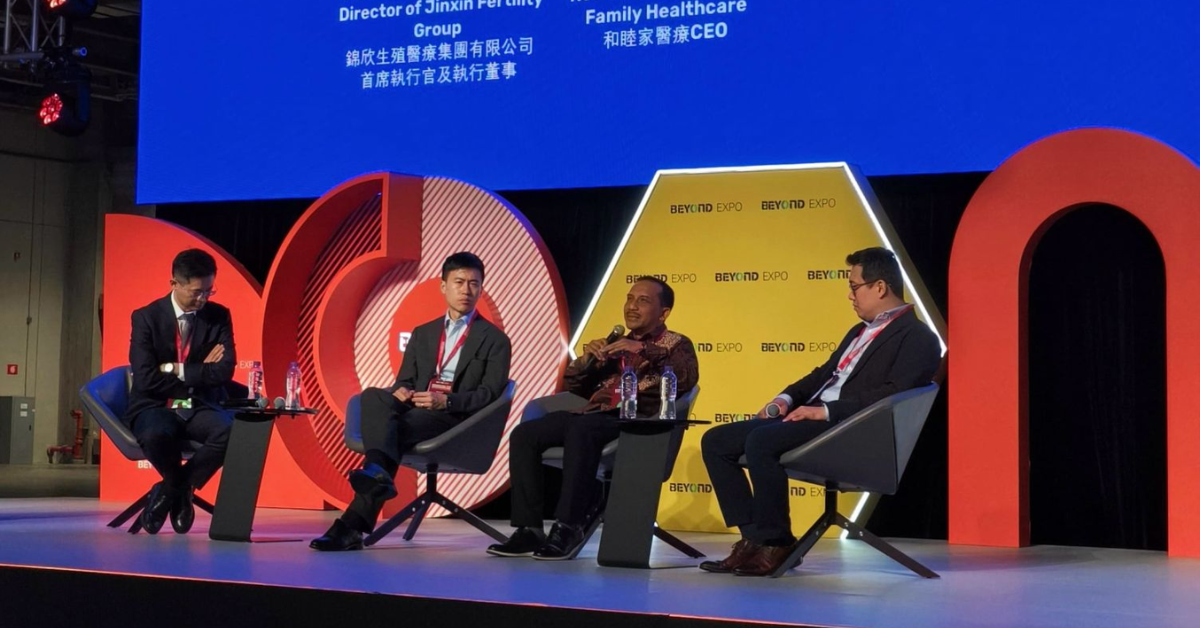
Medical tourism or health tourism isn’t something that’s new to Malaysia. In fact, it’s actually a pretty big pillar in our economy.
For one, The Star reported that the Malaysia Healthcare Travel Council (MHTC) aims to generate RM2.4 billion in revenue from the health tourism sector in 2024. This is expected to contribute an economic spillover of about RM9.6 billion to other industries.
As a reference, in 2023, Malaysia had recorded over a one million health tourist arrivals.
But for those who might not have heard of these terms before, medical tourism is exactly what it sounds like—people traveling abroad to obtain medical treatment. Typically, a big reason for doing so may be due to decreased cost.
At the recent BEYOND Expo in Macao, one of the panels had been all about medical tourism.
One of the panellists was Carl Wu, the CEO of New Frontier and United Family Healthcare. An integrated healthcare group, New Frontier is home to 11 international hospitals, covering primary care to acute care and also certain specialities and rehab care.
There was also Agus Heru Darjono, the President Director of Bundamedik Healthcare System in Indonesia. Bundamedik is a healthcare ecosystem that runs hospitals and also integrated or holistic family care.
Melvin Heng, the CEO and Executive Director of Singapore’s Thomson Medical Group, was there as well. A hospital group and an IVF group, it is present in Singapore, Malaysian and Vietnam.
 Image Credit: Agus Heru Darjono / Melvin Heng / Carl Wu
Image Credit: Agus Heru Darjono / Melvin Heng / Carl WuThe conversation was moderated by Sunny Dong, CEO & Executive Board Director of Jinxi Fertility Group, a group that provides assisted reproductive services.
Coming together, these panellists clearly have quite the grasp on the medical tourism scene in the Asia Pacific region. Considering that our medical tourism board has quite the ambitious goal this year, how does Malaysia stack up to our neighbours?
Creating a medical tourism hub
Malaysia has MHTC, Indonesia has its IMTD—the Indonesia Medical Tourism Board.
During the discussion, Agus shared that IMTD has been preparing to attract medical tourism by having a special territory in Bali.
He could be referring to the Bali International Hospital, set to open this year.
As many will know, Bali is already a sought-after tourism destination, so having a medical centre there may be ideal to help further boost the local tourism economy. This is as visitors may want to combine their vacations with things like health checkups.
It seems that in Malaysia, there isn’t really a dedicated region to support medical tourism, but rather many different hospitals and groups that may be doing great work and offering great services.
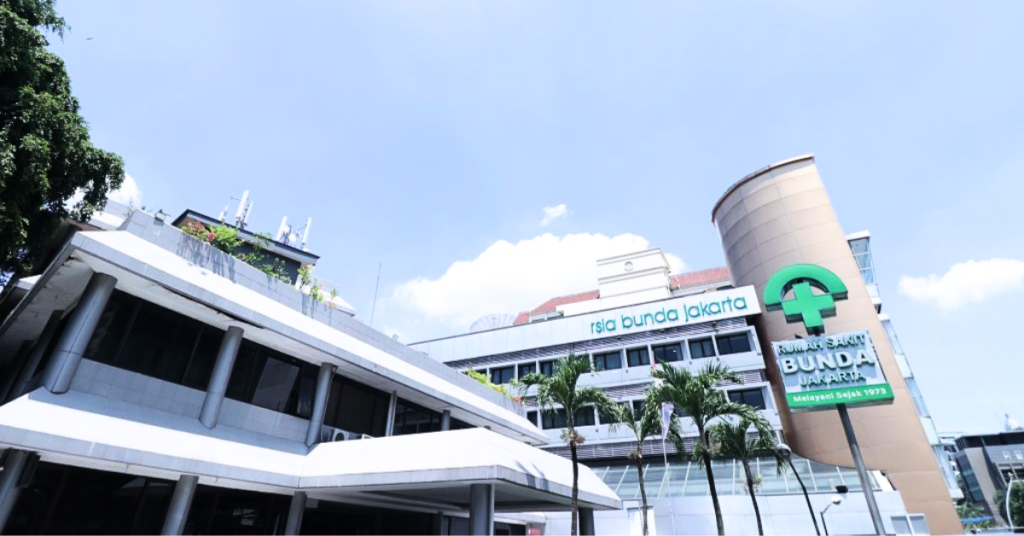 Image Credit: Bundamedik Healthcare System
Image Credit: Bundamedik Healthcare SystemOne name that is doing that is Subang Jaya Medical Centre, which recently announced that it has bagged a series of regional and global awards.
The medical centre is recognised as a flagship medical tourism hospital by the MHTC and fully endorsed by the Malaysian Ministry of Health.
But perhaps having a new medical tourism hotspot in the country that’s also located within a tourism hub might further bolster our medical tourism economy.
KL Wellness City comes to mind as a project trying to do just that. According to its website, KL Wellness City seeks to be the first township in Southeast Asia to cultivate a lifestyle fully integrated with healthcare.
It’s a project that’s still underway, but it aims to offer medical facilities, retail services, and modern residences to complement the country’s medical tourism industry.
Improving information exchange
 Image Credit: Thomson Medical Centre
Image Credit: Thomson Medical CentreMelvin pointed out that the strong Singapore dollar means countries like Malaysia have become more competitive.
Coupled with the fact that quality in doctors has flattened across the board, it does seem like Malaysia is able to really compete with our neighbours as a medical tourism destination.
While competency may be equalling out amongst doctors, Carl shared during the panel that there may be gaps when it comes to the health information exchange (HIE).
To explain, health information exchange refers to the transmission of healthcare-related data among medical facilities or healthcare providers. This allows health care professionals and patients to appropriately and securely access patient information.
Specifically, when it involves medical tourism, a concern here may be removing the language barrier to make exchanging information more efficient.
He said a key investment for New Frontier was making sure medical records and systems are fully on par with international standards. That means any medical record that comes out of their system is usable and transferable.
That could mean having all medical reports be bilingual or multilingual.
A local startup that’s addressing gaps in HIE is MedPlanner, which is a secure clinical messaging app that allows clinicians and healthcare organisations to discuss and manage patients on a daily basis.
Keeping a regional lens
Going forward, though, perhaps it’s not about competition amongst SEA countries, but more about increasing medical tourism as a whole for the region.
As the panellists shared, patient care has become a global thing now. SEA has strong economical advantages when it comes to becoming a medical tourism hub.
But like Melvin said, once one has a very good healthcare system, they end up having a huge burden to not only take care of the local population but also burden to care for foreign patients.
This can be very taxing, so it’s important to develop solutions and ecosystems that are forward-thinking, with a regional and global vision in mind.
Learn more about BEYOND Expo here. Read other articles we’ve written about BEYOND Expo here.Featured Image Credit: BEYOND Expo

 Troov
Troov 











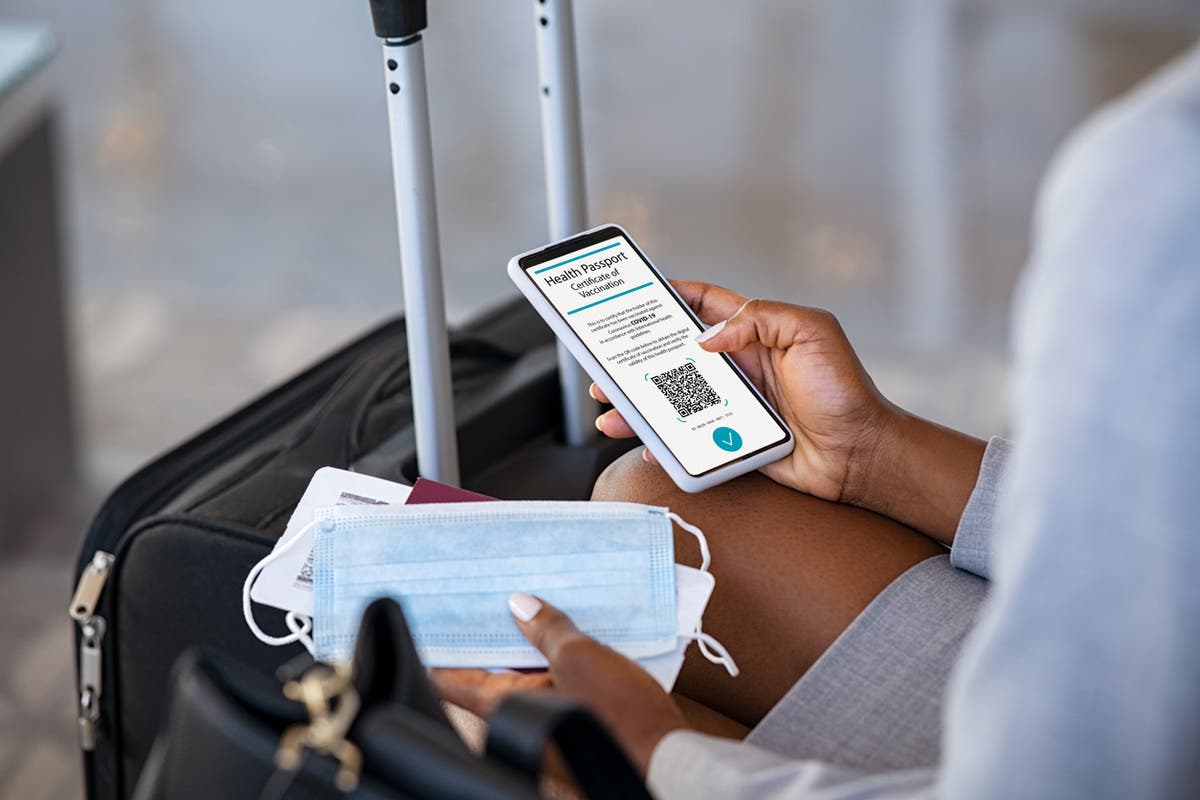

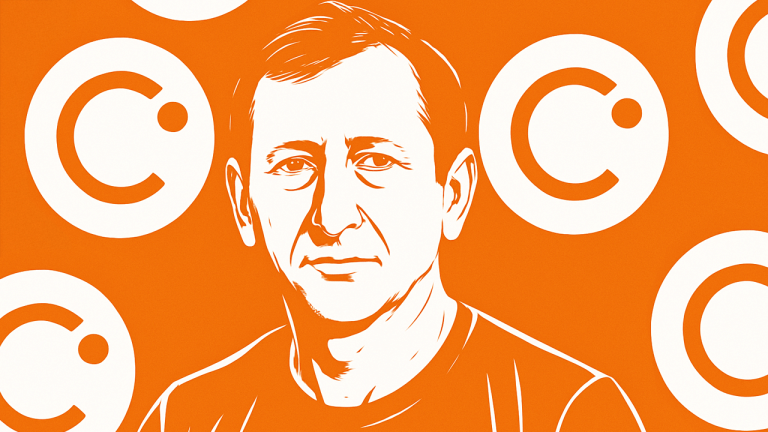
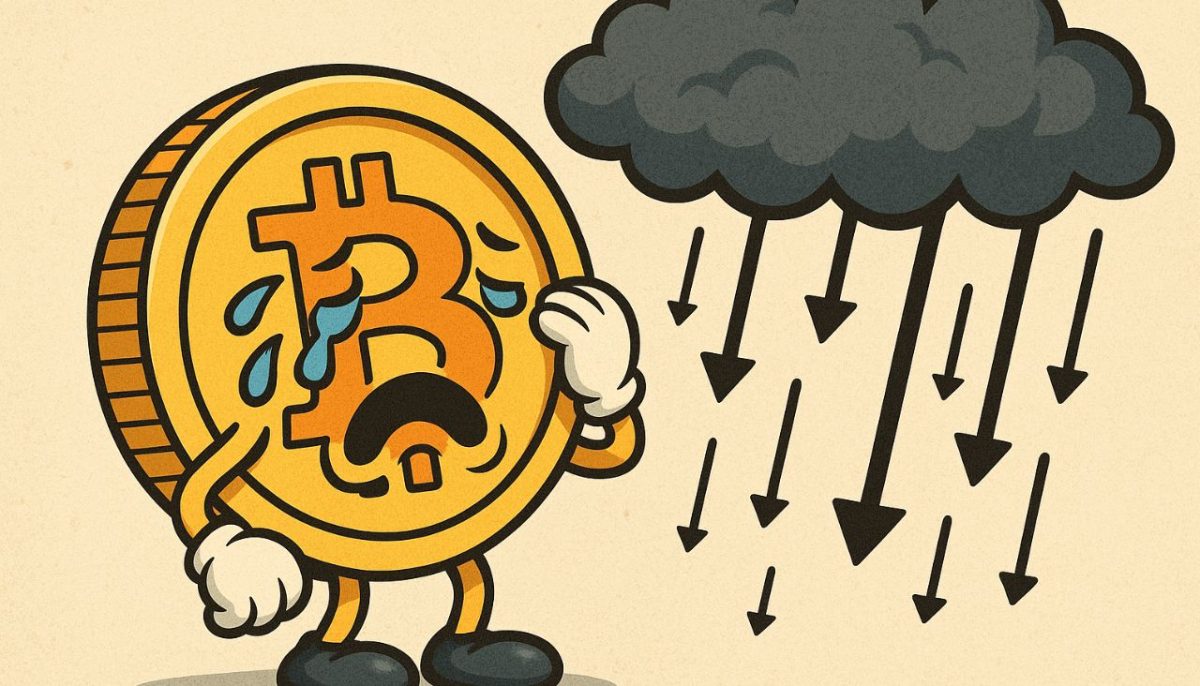














![Do More With Less: How To Build An AI Search Strategy With Limited Resources [Webinar] via @sejournal, @hethr_campbell](https://www.searchenginejournal.com/wp-content/uploads/2025/04/featured-1-73.png)
